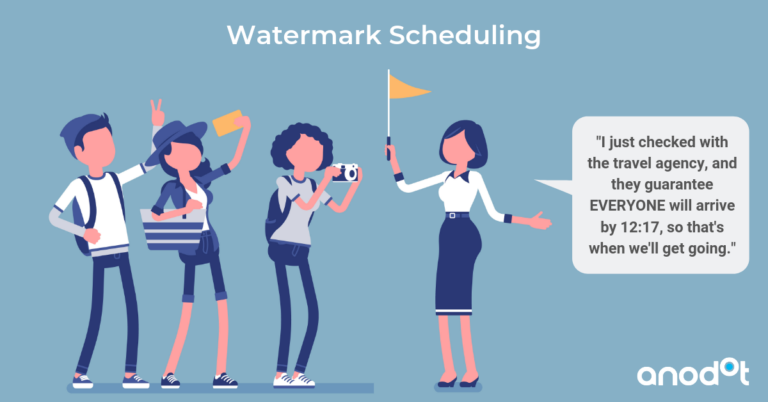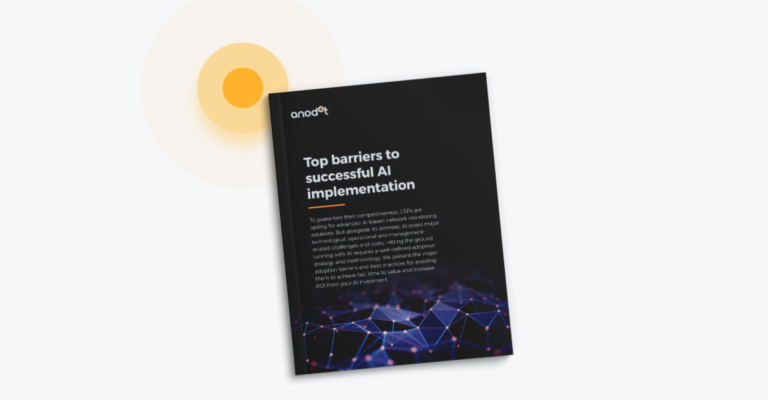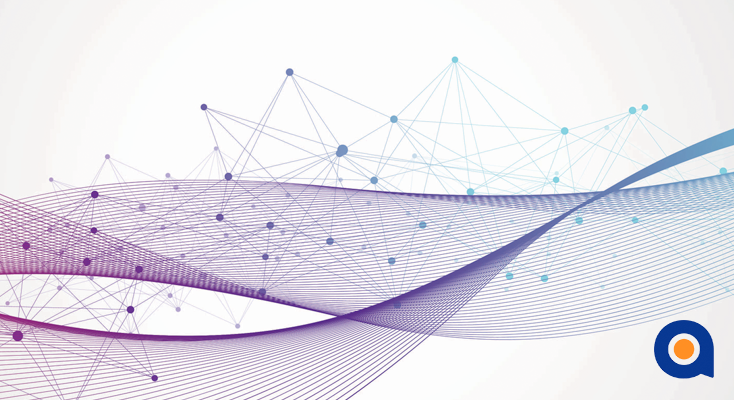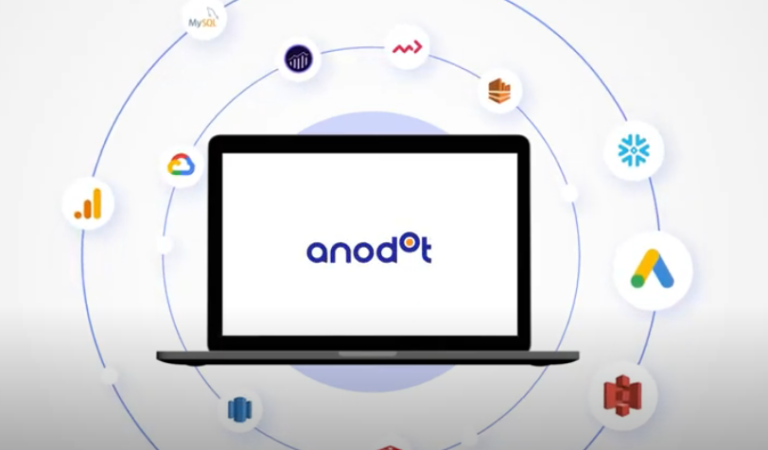Blog Post
5 min read
Low Latency vs. High Quality: Choosing Data Scheduling That's Right For You
Getting the right metrics at the right time could be the difference between running a smooth operation and making costly mistakes. See how Anodot developers approached this challenge to minimize data delay for customers.
Read more







